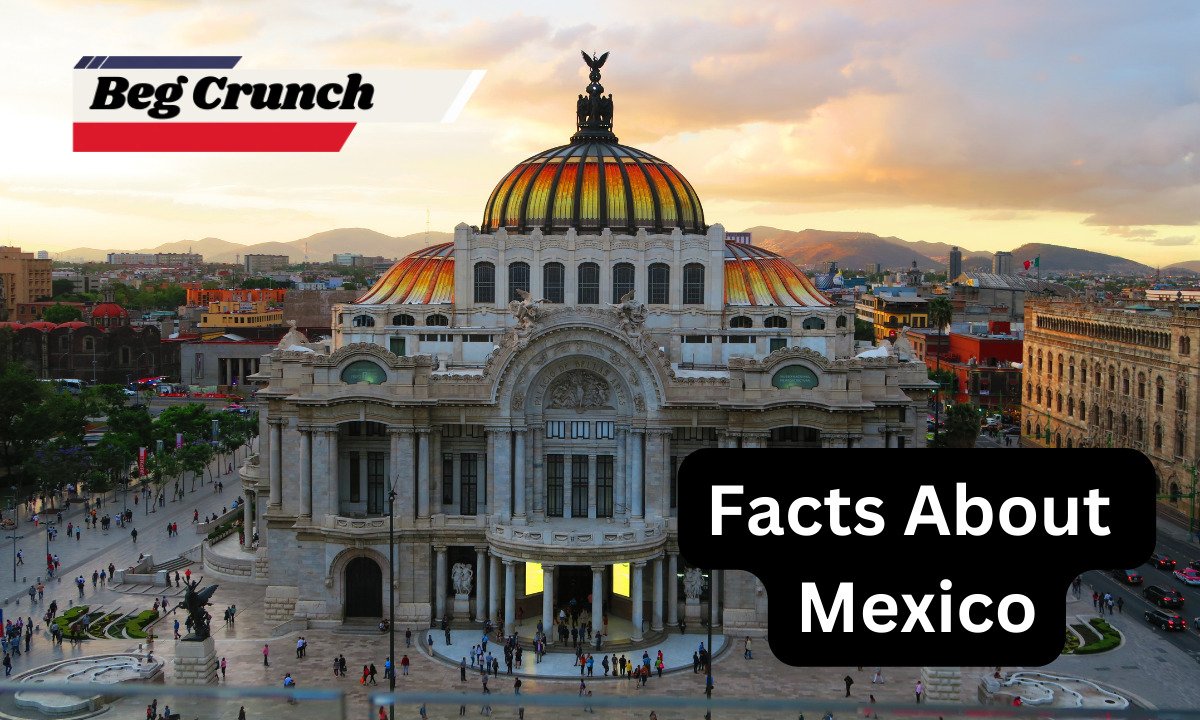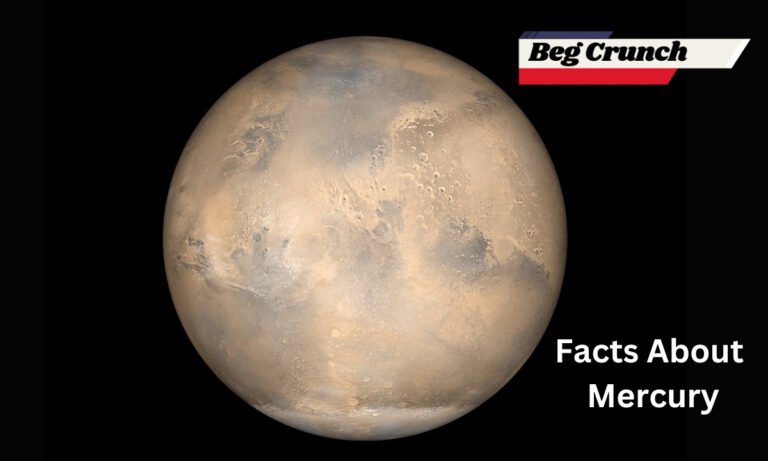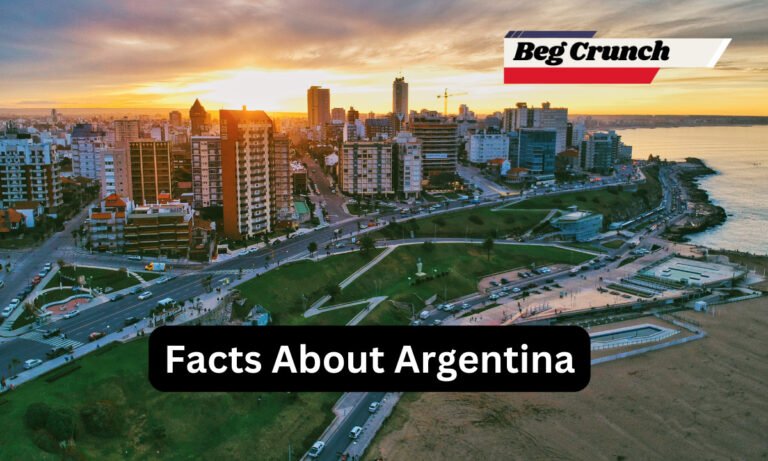Facts About Mexico
Mexico, a country rich in history, culture, and natural beauty, is a vibrant and diverse nation that has captured the hearts of travelers and enthusiasts from around the world. From its ancient civilizations to its modern traditions, Mexico offers a tapestry of experiences that showcase its unique identity. In this article, we’ll explore a wide range of fascinating facts about Mexico, touching upon its geography, history, culture, cuisine, and more.
Introduction
Mexico, officially known as the United Mexican States, is located in the southern part of North America. With a rich history that dates back thousands of years, Mexico is a land of contrasts, where ancient traditions merge with modern innovations, and diverse landscapes offer breathtaking views.
Geographical Diversity of Mexico
Mexico, a country rich in geographical diversity, beckons travelers with an enticing tapestry of landscapes that unfold along its vast expanse. Its coastlines, stretching along both the Pacific Ocean and the Gulf of Mexico, are the gateway to a world of sun-soaked splendor and marine marvels.
The juxtaposition of these two grand bodies of water provides a veritable playground for beach enthusiasts and explorers. To the west, the Pacific coastline is a haven for surfers and beachcombers, adorned with rugged cliffs and expansive sandy stretches. To the east, the Gulf of Mexico beckons with its tranquil waters, inviting relaxation and aquatic adventures. These coastal realms paint a portrait of Mexico as a realm of endless coastal allure, where travelers can revel in the symphony of waves, salt, and sun.
Delving deeper into Mexico’s heartland reveals a majestic embrace of mountainous terrain that shapes its very essence. The Sierra Madre Occidental and the Sierra Madre Oriental, two towering mountain ranges that traverse the country’s landscape, stand as a testament to the geological majesty that defines Mexico’s soul.
These formidable ranges harbor an intricate dance between jagged peaks and verdant valleys, creating vistas that inspire awe and introspection. Beyond their visual grandeur, these mountains serve as a conduit for a plethora of outdoor adventures. Hikers and mountaineers can tread ancient paths, exploring ecosystems that range from pine-clad slopes to cloud-kissed summits. The Sierra Madres thus unveil a sanctuary for those who seek to connect with the land’s raw beauty and engage in an exhilarating communion with nature.
Ancient Civilizations and Cultural Heritage
- Maya Civilization: Mexico was home to ancient civilizations like the Maya, who built magnificent cities like Chichen Itza and Palenque. These ruins stand as a testament to their advanced architecture and astronomy.
- Aztec Empire: The Aztecs founded their capital, Tenochtitlan, where modern-day Mexico City now stands. Their intricate calendar system and floating gardens known as chinampas were significant achievements.
Mexican Cuisine: A Flavorful Journey
- Tacos: Tacos, with their various fillings and toppings, are among Mexico’s most beloved dishes, showcasing the country’s rich culinary heritage.
- Guacamole: Made from avocados, tomatoes, onions, and lime juice, guacamole is a popular Mexican dip enjoyed worldwide.
- Mole: Mole is a complex sauce made from ingredients like chilies, chocolate, spices, and more. It comes in various regional variations and is a staple of Mexican cuisine.
Festivals and Celebrations
- Dia de los Muertos: The Day of the Dead is a vibrant celebration where families honor their deceased loved ones with colorful altars, marigold flowers, and special foods.
- Cinco de Mayo: Often mistaken for Mexico’s Independence Day, Cinco de Mayo commemorates the Mexican victory over the French in the Battle of Puebla.
- Grito de Dolores: On September 16th, Mexicans celebrate their independence from Spanish rule with the “Grito,” a passionate cry for freedom.
Natural Wonders of Mexico
- Cenotes: The Yucatán Peninsula is known for its cenotes—natural sinkholes filled with fresh water that were considered sacred by the ancient Maya.
- Monarch Butterfly Migration: Every year, millions of monarch butterflies travel thousands of miles to Mexico’s forests, where they create breathtaking colonies.
- Copper Canyon: Larger and deeper than the Grand Canyon, Copper Canyon is a network of stunning canyons in the state of Chihuahua.
Modern Mexico: Art, Music, and Literature
- Frida Kahlo: One of Mexico’s most celebrated artists, Frida Kahlo’s distinctive style and personal story have made her an iconic figure.
- Mariachi Music: Mariachi bands, with their lively performances and traditional attire, are an integral part of Mexican culture and celebrations.
- Gabriel García Márquez: Although Colombian, Márquez’s magical realism literary style has influenced Mexican authors and readers alike.
FAQs
Q1: What is the capital of Mexico?
The capital of Mexico is Mexico City, one of the largest and most populous cities in the world.
Q2: What are some popular tourist destinations in Mexico?
Mexico offers a plethora of attractions, including Cancún’s beaches, the historic center of Mexico City, the ancient ruins of Teotihuacán, and the charming town of San Miguel de Allende.
Q3: Is Mexico safe for travelers?
While Mexico has many safe and popular tourist destinations, it’s advisable to research travel advisories and exercise caution, especially in less touristy areas.
Q4: What languages are spoken in Mexico?
The official language of Mexico is Spanish. However, there are also indigenous languages spoken by various communities across the country.
Q5: What is the significance of the Mayan calendar?
The Mayan calendar is a complex system that incorporates cycles of time. It has historical and cultural significance, offering insights into Mayan cosmology and their advanced understanding of astronomy.
Conclusion
Mexico’s captivating blend of history, culture, natural wonders, and modern vibrancy makes it a nation that continues to captivate hearts worldwide. From the ancient ruins of its civilizations to the colorful celebrations and rich flavors of its cuisine, Mexico’s diverse offerings invite exploration and appreciation. As travelers and enthusiasts delve into Mexico’s tapestry of experiences, they gain a deeper understanding of its unique identity and the lasting impact it has on the world stage.







